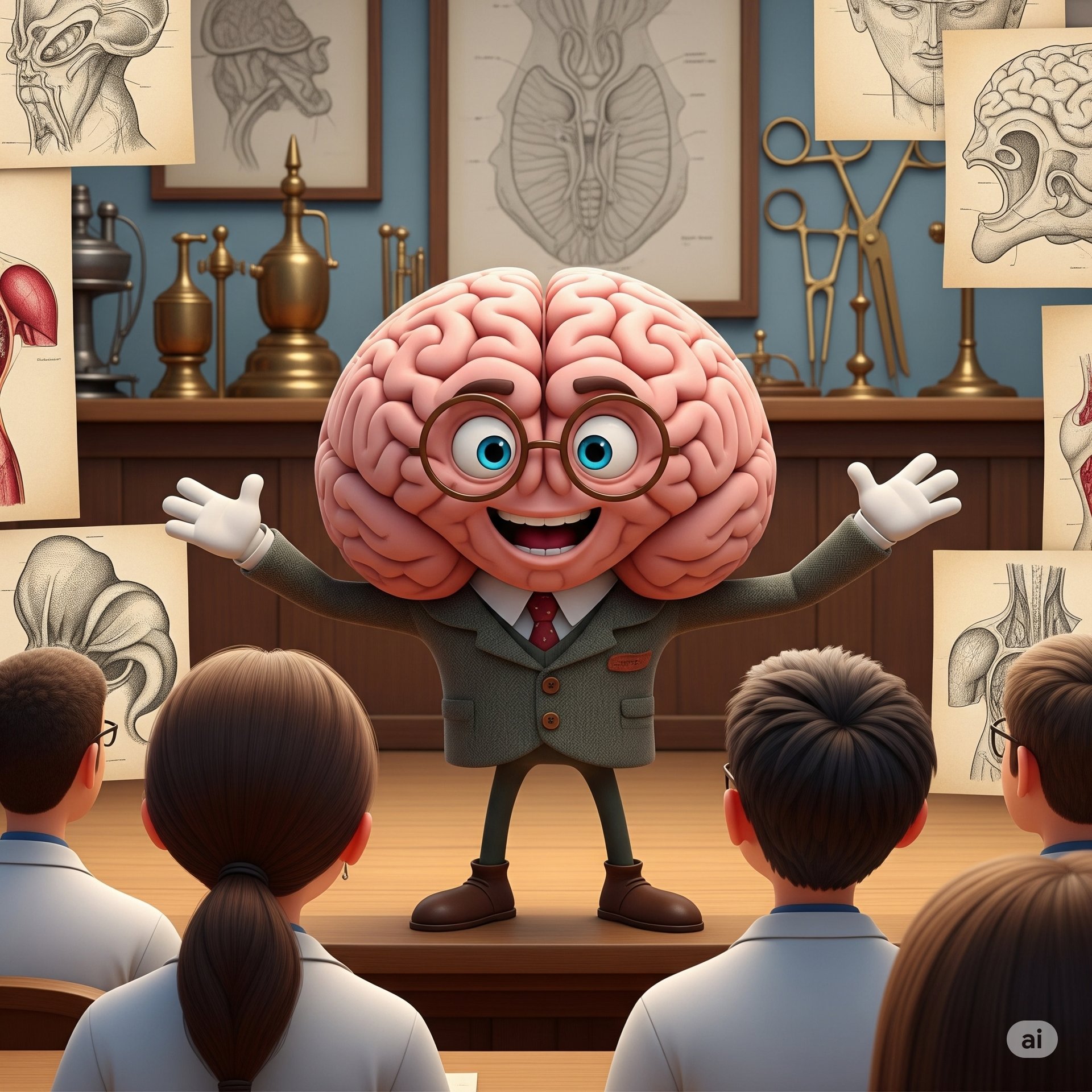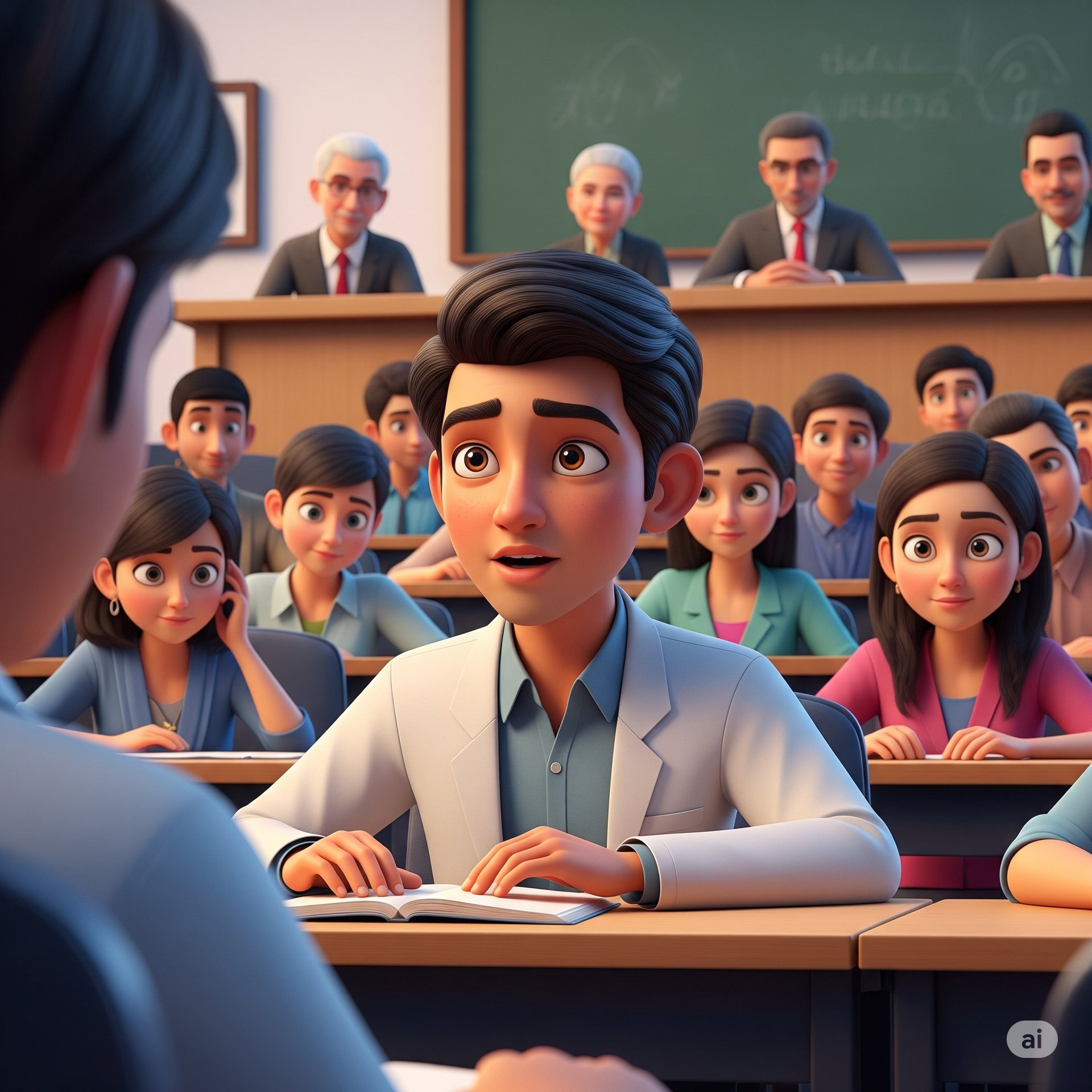THEMEDPRACTICALEXAM.COM

History Taking Format for Diplopia
1. Patient Details
Name, Age, Sex, Occupation, Address
2. Presenting Complaint
Double vision (diplopia)
Duration and progression
3. History of Presenting Illness
A. Characterization of Diplopia
Onset:
Sudden or gradual?
Exact time and circumstances (e.g., after trauma, during illness, spontaneously)
Course and Progression:
Constant or intermittent?
Worsening, improving, or fluctuating?
Monocular vs. Binocular Diplopia:
Orientation of Images:
Separation of Images:
How far apart are the images?
Does the separation change in different directions of gaze?
Effect of Gaze and Distance:
Effect of Closing One Eye:
Which eye, when closed, resolves the double vision?
Effect of Lighting and Fatigue:
Worse in dim light, at night, or when tired?
Associated Symptoms:
B. Precipitating and Relieving Factors
Recent trauma or head injury
Recent infection or illness
Fatigue, stress, or time of day
Any specific activities that trigger or relieve the diplopia
C. Impact on Daily Life
Difficulty reading, driving, or with daily activities
Any compensatory behaviors (e.g., head tilt, closing one eye)5
D. Previous Episodes
Any prior episodes of diplopia or strabismus (“lazy eye”) in childhood or adulthood5
4. Past Medical History
Diabetes, hypertension, thyroid disease, myasthenia gravis, multiple sclerosis, previous stroke, migraine, or autoimmune disease45
Previous eye disease or surgery
5. Drug History
Current and recent medications (especially steroids, antithyroid drugs, immunosuppressants)
Recent medication changes or use of over-the-counter/herbal drugs
6. Family History
Family history of strabismus, neurological, or autoimmune diseases
7. Personal and Social History
Alcohol, tobacco, or illicit drug use
Occupational exposures (toxins, chemicals)
Recent travel, sick contacts
8. Systemic Enquiry
Fever, weight loss, night sweats (infection, malignancy)
Limb weakness, sensory changes, unsteadiness, or other neurological complaints
9. Special Notes
Source and reliability of history (especially if symptoms are intermittent)
Baseline vision and use of corrective lenses
Key points:

Case History
Personal Details:
Mrs. Sita Rao, 62-year-old female, retired teacher
Presenting Complaint:
Persistent double vision for 3 days
History of Presenting Illness:
Mrs. Rao reports that three days ago, she suddenly began seeing two images side by side, making it difficult to read and watch television. The double vision is present when both eyes are open and disappears if she closes either eye. She describes the images as horizontally separated and notes that the diplopia is worse when she looks to the right. There is no history of previous similar episodes, trauma, headache, vomiting, limb weakness, jaw pain, or visual loss.
She denies pain, redness, or discharge from the eyes. There is no history of ptosis, facial numbness, or difficulty swallowing or speaking. She has not experienced fever, recent infection, or weight loss.
Past Medical History:
Hypertension (diagnosed 8 years ago, on medication)
No diabetes, thyroid disease, or previous neurological illness
Drug History:
Amlodipine 5 mg daily
No recent medication changes
Family History:
No family history of stroke, diabetes, or neurological disease
Personal and Social History:
Non-smoker, does not consume alcohol
No recent travel or exposure to toxins
Systemic Enquiry:
No chest pain, palpitations, cough, or urinary symptoms
No limb weakness, sensory loss, or imbalance
Case Summary
A 62-year-old hypertensive woman presents with sudden-onset horizontal binocular diplopia, worse on right gaze, persisting for three days, without pain, trauma, or other neurological symptoms.
Differential Diagnosis
Ischemic Cranial Nerve VI (Abducens) Palsy
Microvascular Cranial Nerve III or IV Palsy
Possible, but less likely as there is no ptosis or vertical/oblique diplopia.
Myasthenia Gravis
Could cause fluctuating diplopia, but typically associated with ptosis and variability, which are absent here6.
Thyroid Eye Disease
Can cause diplopia, but usually with proptosis, lid retraction, or other signs.
Orbital Lesion (e.g., Tumor, Inflammation)
Less likely without pain, proptosis, or other orbital symptoms.
Brainstem Lesion (Stroke, Demyelination, Tumor)

Viva Questions and Answers on Diplopia
1. What is diplopia?
Diplopia is the perception of double vision—seeing two images of a single object—due to misalignment of the eyes or a problem with the visual system.
2. What is the difference between monocular and binocular diplopia?
Monocular diplopia persists when one eye is closed and is usually due to an ocular problem (e.g., cataract, corneal abnormality).
Binocular diplopia disappears when either eye is closed and is usually due to misalignment of the eyes from neurological or muscular causes.
3. What are the common causes of binocular diplopia?
Cranial nerve palsies (III, IV, VI)
Myasthenia gravis
Thyroid eye disease
Orbital trauma or mass
Brainstem lesions (stroke, tumor, demyelination)
4. Which cranial nerves are involved in eye movement and can cause diplopia if affected?
Cranial nerves III (oculomotor), IV (trochlear), and VI (abducens).
5. What features in the history help localize the cause of diplopia?
Onset (sudden vs. gradual)
Direction of diplopia (horizontal, vertical, oblique)
Gaze dependence (worse in particular directions)
Associated symptoms (ptosis, pain, proptosis, other neurological deficits)
6. In the case above, which nerve is most likely affected and why?
The right abducens (VI) nerve is most likely affected, as the diplopia is horizontal and worse on right gaze.
7. What are the common risk factors for microvascular cranial nerve palsies?
Advanced age, hypertension, diabetes, and other vascular risk factors.
8. How does myasthenia gravis present with diplopia?
Myasthenia gravis causes fluctuating, fatigable diplopia, often with ptosis and sometimes other bulbar or limb muscle weakness.
9. What is the significance of pain with diplopia?
Pain suggests an inflammatory, infectious, or compressive cause (e.g., orbital cellulitis, giant cell arteritis, or tumor), rather than a microvascular palsy.
10. What is the initial management for presumed microvascular cranial nerve palsy?
Control vascular risk factors, monitor for spontaneous improvement, and arrange neuroimaging if the diplopia does not resolve or if there are additional neurological signs.
11. When should urgent neuroimaging be considered in a patient with diplopia?
If there is pupil involvement (in III nerve palsy), other neurological deficits, signs of raised intracranial pressure, or if the patient is young or immunocompromised.
12. What is the role of the cover-uncover test in diplopia?
It helps distinguish between phorias (latent misalignment) and tropias (manifest misalignment), and between monocular and binocular diplopia.
13. How does thyroid eye disease cause diplopia?
Thyroid eye disease causes inflammation and enlargement of extraocular muscles, leading to restricted eye movements and misalignment.
14. Can diplopia be a presenting symptom of stroke?
Yes, especially if the stroke affects the brainstem or cranial nerve nuclei, and is often accompanied by other neurological deficits.
15. What are the red flag features in a patient presenting with diplopia?
Sudden onset with other neurological symptoms, headache, altered consciousness, proptosis, or pain—these require urgent evaluation.
16. What is internuclear ophthalmoplegia and how does it present?
It is a disorder of conjugate lateral gaze due to a lesion in the medial longitudinal fasciculus, causing impaired adduction of the affected eye and horizontal diplopia.
17. What is the significance of ptosis with diplopia?
Ptosis with diplopia suggests oculomotor (III) nerve palsy or myasthenia gravis.
18. What is the typical course of microvascular cranial nerve palsy?
Most cases resolve spontaneously within 2–3 months.
19. What investigations are indicated for diplopia?
Neuroimaging (MRI/CT), blood glucose, thyroid function tests, acetylcholine receptor antibodies (if myasthenia is suspected), and orbital imaging if indicated.
20. How can you help a patient with persistent diplopia?
Temporary measures include patching one eye or using prisms in glasses; definitive management depends on the underlying cause.